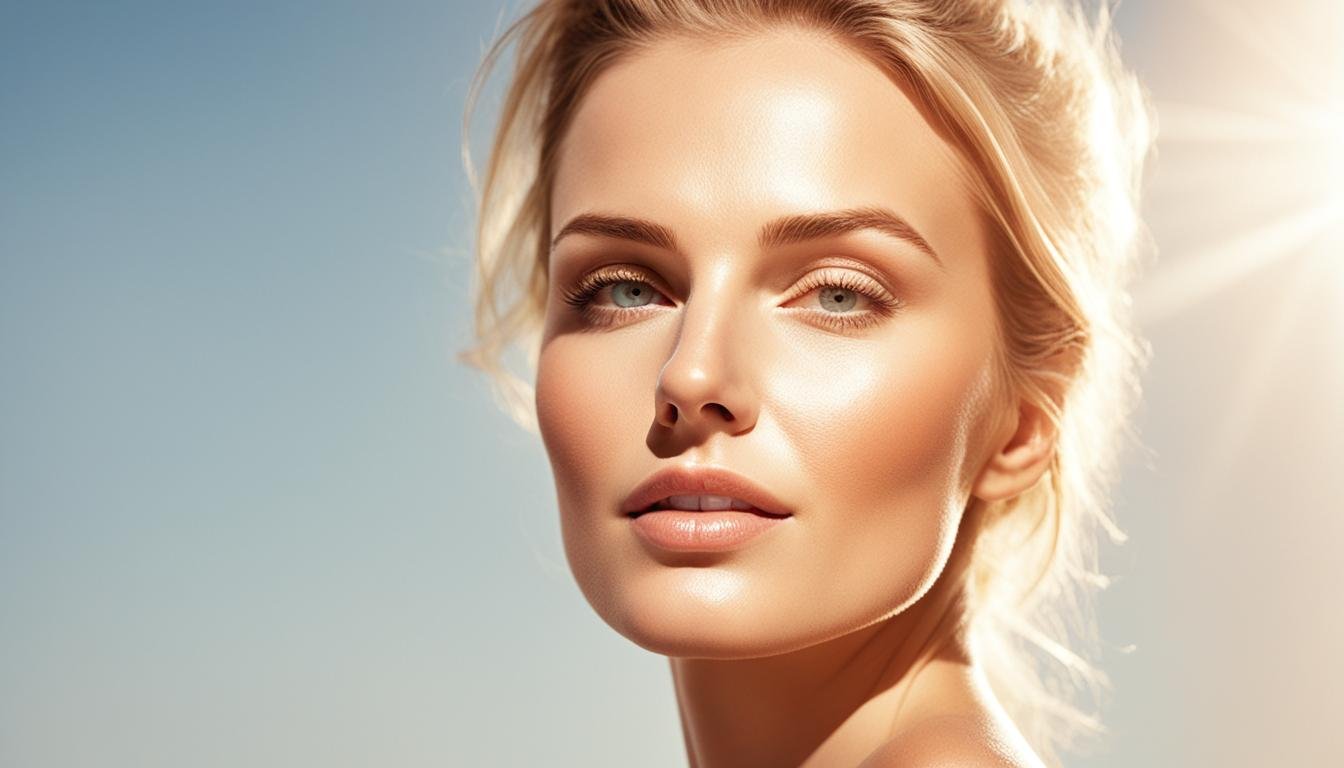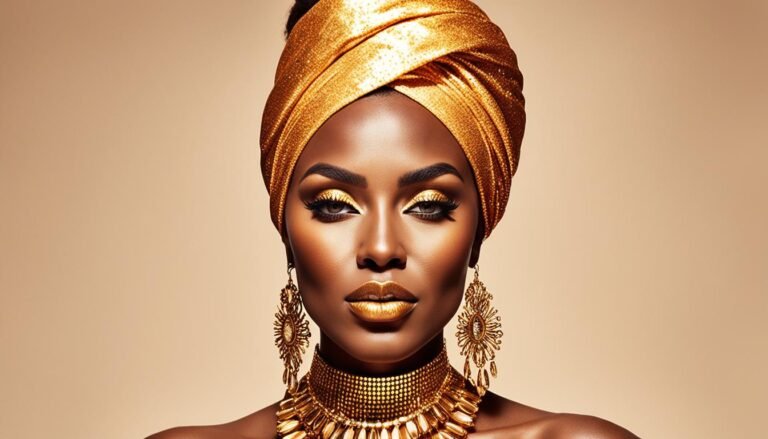Does skin matter in attractiveness?
When it comes to beauty and attractiveness, there are countless factors that come into play. But have you ever wondered if the condition of your skin has any bearing on how attractive you are perceived to be?
Research in evolutionary psychology suggests that humans are naturally drawn to symmetrical and healthy-looking facial features, as they indicate genetic fitness and good health. Furthermore, societal standards and cultural norms have shaped our perception of beauty over time.
Smooth, flawless skin is often considered desirable and attractive, while imperfections such as blemishes, wrinkles, and scars may be seen as less appealing. But is there scientific evidence to support this belief? Let’s explore whether the quality of your skin truly matters when it comes to attractiveness.
Key Takeaways:
- The appearance of your skin plays a significant role in how attractive you are perceived to be.
- Smooth and flawless skin is considered desirable, while imperfections may be seen as less attractive.
- Evolutionary psychology suggests that symmetrical and healthy-looking features indicate genetic fitness and good health.
- Cultural norms and societal standards have shaped our perception of beauty over time.
- The quality of your skin can significantly impact how attractive you are perceived by others.
Factors Influencing Facial Attractiveness
Facial attractiveness is influenced by several key factors that impact our perception of beauty. Let’s delve into these factors and understand how they contribute to the overall attractiveness of a face.
Facial Symmetry
One of the primary factors that determine facial attractiveness is facial symmetry. When the left and right sides of the face mirror each other, it is often associated with beauty and perceived as more attractive.
Averageness
Another factor that plays a significant role in facial attractiveness is averageness. Faces that represent a wide genetic diversity and fall within the average range are deemed more attractive. Such faces indicate better health and genetic fitness, which are inherently appealing.
Sexual Dimorphism
Sexual dimorphism, or the extent to which male and female facial features differ, also influences facial attractiveness. Men with more masculine features, such as a strong jawline or prominent brow ridge, and women with distinct feminine features, like full lips or wide eyes, are generally perceived as more attractive.
Skin Homogeneity
Recent research has highlighted the importance of skin homogeneity in determining facial attractiveness. Smooth, even-toned skin is associated with youth, health, and beauty. Skin homogeneity encompasses factors like texture, evenness, and absence of imperfections, which significantly impact one’s overall facial attractiveness.
By considering all of these factors, we can gain a deeper understanding of the various elements that contribute to facial attractiveness. The combination of facial symmetry, averageness, sexual dimorphism, and skin homogeneity determines how attractive a face appears to others.
The Social Impact of Facial Attractiveness
Facial attractiveness goes beyond mere aesthetics – it can significantly impact an individual’s social interactions and opportunities. Scientific research has consistently shown that attractive individuals tend to enjoy social advantages in various contexts.
For instance, attractive individuals are more likely to secure job opportunities and often receive higher salaries than their less attractive counterparts. This bias stems from the perception that attractiveness is associated with competence, intelligence, and sociability. This societal bias towards facial attractiveness can lead to discrimination against those who do not fit conventional beauty standards.
Unfortunately, less attractive individuals may face negative stereotypes and biases. They are often unfairly judged as being less intelligent or less likely to be helpful. Appearance-based stereotypes perpetuate these biases, reinforcing the narrow definition of beauty that our society often perpetuates.
It is crucial to foster an inclusive understanding of beauty that embraces diversity and challenges societal norms. By recognizing and appreciating that beauty comes in various forms, we can create a more accepting and inclusive society. Embracing inclusive beauty means celebrating individuals with diverse facial features and challenging the deeply ingrained biases that discriminate against those who do not fit traditional beauty standards.






